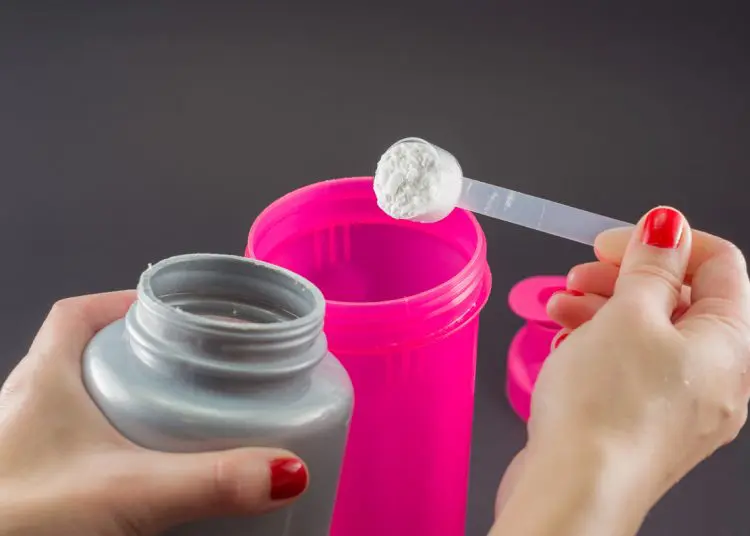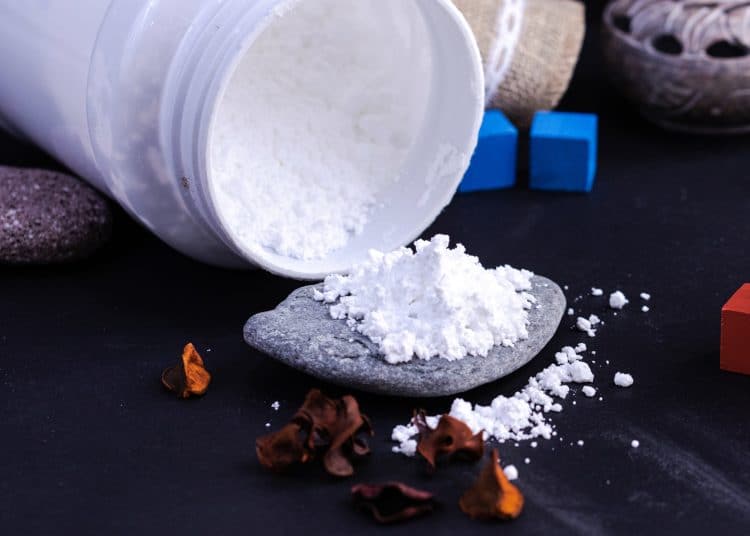Creatine is one of the most well-researched sports supplements, and athletes across the board use it to improve their performance and overall fitness and health.
With the growing popularity of this supplement, sports nutrition companies have introduced various forms of creatine in the market. Many people are overwhelmed by the choices and usually end up spending money on worthless products.
I spent over 120 hours researching different forms of creatine to uncover what truly works.
In this article, I pull back the curtain on the three most effective forms of creatine and one that’s a complete rip-off. I’ll also share one product from each category that promises the best results in the shortest time. So, sit tight and read on.
The Science of Creatine — Why It Works
Creatine is a naturally occurring compound that boosts muscles’ energy supply, letting you crank out extra reps and recover faster during high-intensity exercise, such as weightlifting, sprinting, and explosive movements.
Level Up Your Fitness: Join our 💪 strong community in Fitness Volt Newsletter. Get daily inspiration, expert-backed workouts, nutrition tips, the latest in strength sports, and the support you need to reach your goals. Subscribe for free!
The body synthesizes creatine from amino acids (arginine, glycine, and methionine) in the liver and kidneys and stores it as phosphocreatine, primarily in muscles. Creatine works by boosting your ATP (adenosine triphosphate) production, which is the body’s primary energy currency.
Creatine is a naturally occurring compound that you can obtain through foods like red meat and fish or even supplements.
Studies show that creatine can boost strength by 5-15%, anaerobic capacity, and work performance, which can translate to muscle gains over the long term. (1)
Many athletes start using creatine when chasing a new PR or packing on lean mass. I’ve witnessed several of my clients add plates to their bench press and inches to their bicep circumference while using creatine. This supplement delivers results you can measure objectively.
Supplementing with creatine makes your muscles hold onto water, which can give you that infamous bloated feeling. There are also several myths about creatine causing kidney damage, but there is no scientific evidence to back these claims.
I must add that all creatine forms are not the same. Among the crowd, creatine monohydrate reigns supreme. Its effectiveness is backed by decades of data, and it is also one of the most cost-effective forms of this supp.
How to Judge a Creatine Supplement
Understanding the different forms of creatine can help you pick the right one for your specific needs. This is how to judge a creatine supplement so you don’t waste a dime (or a rep) on subpar stuff:
- Solubility: If your creatine supplement clumps like wet sand, you must change brands. Good creatine dissolves smoothly and fast. You can expect a little sand-like texture and some residue at the bottom of your glass, but nothing more than that.
- Absorption: Top-tier creatine saturates your muscles quickly. Supps that cause digestive issues signal poor quality. Beginners usually have to switch between a few brands until they find the right fit.
- Purity: You must always read a supplement’s nutrition label before buying. Many companies spike their formula with compounds like creatinine, a useless byproduct. I encourage buying third-party tested products.
- Cost-effectiveness: One of the best things about creatine is that it is incredibly cost-effective. A good creatine supp delivers results without breaking the bank. However, sports companies have found a way to fool customers. They launch fancier forms of creatine that cost triple compared to creatine monohydrate but deliver zero extra punch.
- Micronization matters: Micronized creatine shrinks the crystals, boosting its solubility and absorption. This form is also less likely to sit heavy in your gut and cause digestive issues or bloating.
Top 3 Most Effective Forms of Creatine
Now that you know about the basics of creatine, it’s time to dive into the three most effective forms of this supplement:
1. Creatine Monohydrate
This is arguably the most popular form of creatine, and for good reason. Creatine monohydrate is the most well-researched form of this supplement and is backed by decades of unbeatable results and data. (2)
Monohydrate has a 95-98% absorption rate, flooding your muscles with energy-boosting phosphate.
Despite being thoroughly tested, it is the most cost-effective form of creatine.
My research shows that choosing micronized creatine over the regular form can deliver slightly better results as the smaller particles dissolve faster, leading to better absorption and gains.
There is no hard-and-fast rule when it comes to taking creatine supplements. You can take them before or after your workouts or at any time throughout the day. I personally take my creatine supplement first thing in the morning, as it improves consistency.
Debunking Loading Myths: Many people consume 3-5 grams of creatine three times a day initially to achieve muscle creatine saturation. However, this isn’t necessary, and you can stick with a maintenance dose from the very beginning. It might take you a few extra weeks to achieve creatine saturation, but you will get there.
Top Monohydrate Pick: Transparent Labs Creatine HMB
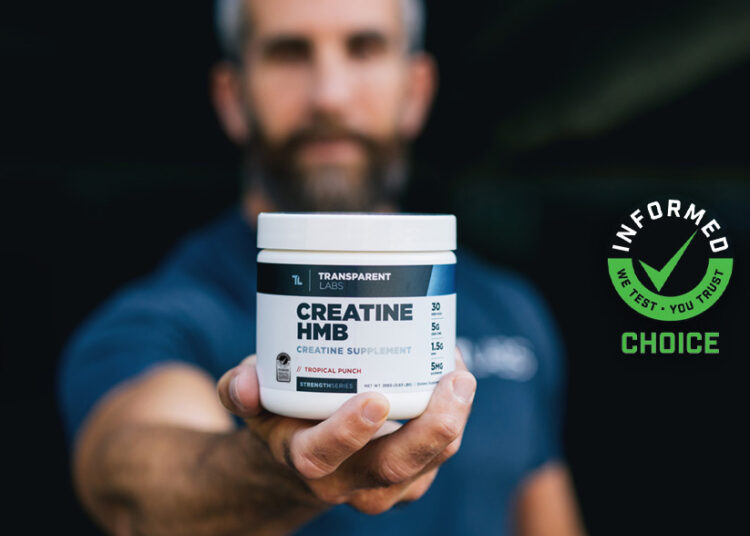
Transparent Labs is known for making clean and science-driven products. Plus, it lists their exact ingredient dosages on each supplement for total transparency. This is a sign that the company stands behind its product, making me trust it more.
Each scoop of this supplement packs 5 grams of micronized Creapure monohydrate—German-made, 99.9% pure—plus 1.5 grams of HMB to lock in muscle and speed recovery.
It also contains 5 milligrams of BioPerine for absorption and 12.5 micrograms of vitamin D, which is excellent for people who don’t get enough sunlight throughout the day.
To make the deal even sweeter, each Transparent Labs product is third-party tested for fillers or sweeteners.
You can get a 30-serving tub of this supplement for $49.99, which is well worth it for the HMB and vitamin D boost.
Level Up Your Fitness: Join our 💪 strong community in Fitness Volt Newsletter. Get daily inspiration, expert-backed workouts, nutrition tips, the latest in strength sports, and the support you need to reach your goals. Subscribe for free!
2. Creatine HCL
Some people might encounter digestive issues while consuming creatine monohydrate. In this case, creatine hydrochloride (HCL) can be their next best option. This is creatine monohydrate with a hydrochloric twist, meaning it is designed for better dissolability and digestion.
I’ve tested it with several clients who couldn’t stomach the classic stuff, and this works like magic.
The great thing about this variant is that you need a significantly smaller amount of creatine to experience its magic. A comparative study published in the Journal of Dietary Supplements shows that creatine HCL is 38 times more soluble than monohydrate, meaning only 1-2 grams of this supp can do the trick. (3)
But the catch here is that the research on creatine HCL is very limited and it promises similar benefits, not better. Plus, creatine HCL costs significantly more than the monohydrate variant.
Creatine HCL is only better for people with gut issues and isn’t worth the extra dollars for everyone.
Top HCL Pick: Kaged Creatine HCL
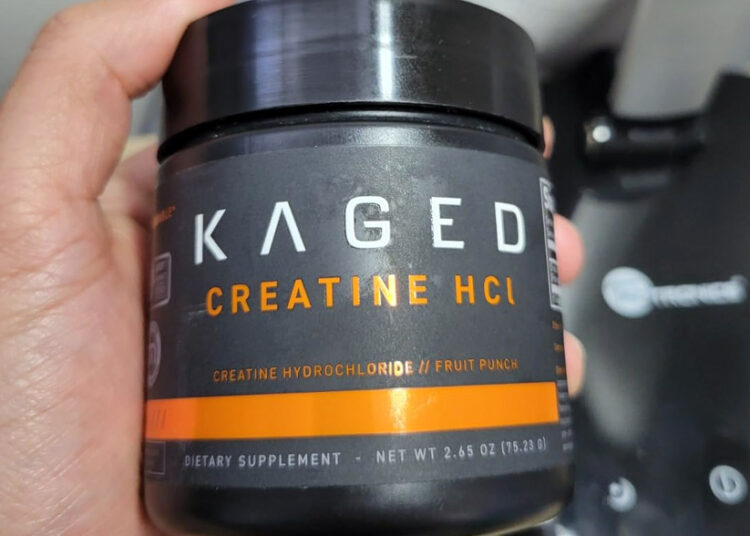
Kaged is known to build high-quality, clean, athlete-ready supplements. Their creatine HCL is one of the finest on the market.
Each scoop of this supplement delivers 750 milligrams of patented HCL. Unlike monohydrate, it mixes clear in water, meaning you don’t have to put up with the muddy residue or after-taste.
Kaged Creatine HCL is Informed-Sport certified, making it perfect for pro athletes who can’t risk consuming banned substances. A single scoop of Kaged creatine HCL is 1 gram. You can mix this in plain water or any of your favorite beverages without worrying about spoiling their flavor or causing a weird reaction.
Kaged Creatine HCL costs you $30 for 75 servings (1g). You must take 4-5 scoops to match monohydrates’s 5 grams, meaning a single serving will cost you around $1.6 daily.
3. Buffered Creatine (Kre-Alkalyn)
Most people have never heard of buffered creatine. It got its name because Kre-Alkalyn buffers creatine with a pH tweak. Its proponents claim that this results in less breakdown into creatinine, which is a waste rejected by the body.
You don’t need a loading phase when taking Kre-Alkalyn, and it is said to be much easier on the gut. However, there is not enough research to back these claims, and it costs slightly more than most monohydrate supplements.
Buffered creatine usually comes in capsule form, which makes it more convenient for people who hate mixing powders in a blender bottle several times throughout the day.
I usually recommend this variant to clients who can’t even handle the HCL variations, meaning this is a very small subset. I’ve tracked results and it is nothing to write home about.
Top Buffered Pick: NOW Sports Kre-Alkalyn Creatine Capsules
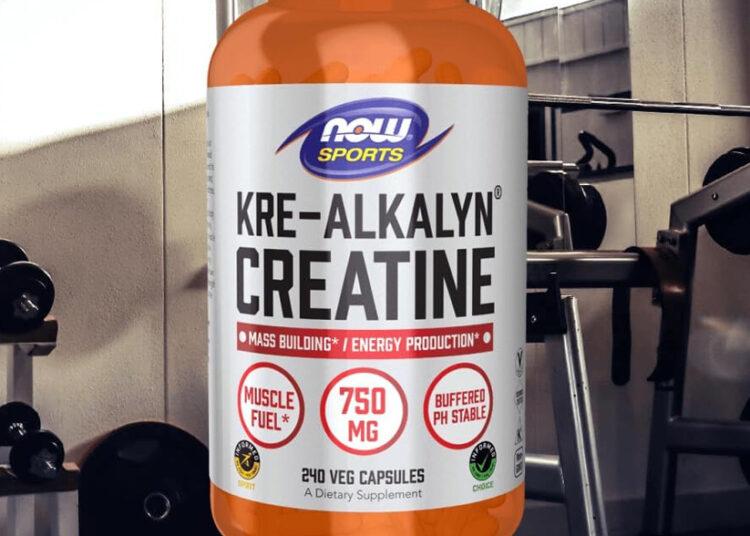
NOW Sports is one of the oldest and most trusted brands in the sports nutrition space. They churn out pure goods at affordable rates, making them easy to recommend.
A two-capsule serving of this supplement packs 1.5 grams of Kre-Alkalyn (750 milligrams each). You must consume two to four servings of this supplement to meet your daily creatine needs. But the MSP here is that you don’t need a shaker bottle for this.
NOW Sports has GMP facilities and third-party tests to keep it tight. You can get a 120 capsule bottle for $30 — 60 servings at $0.50 each. At 6 grams daily (4 capsules), it’s $1.00 a day, which is fair for buffered.
The One to Avoid — Creatine Ethyl Ester
After researching and testing creatine ethyl ester, I can tell you that it is a total dud.
Creatine ethyl ester (CEE) promises better absorption. Companies slapped an ethyl group on creatine and started claiming it gets into your muscles faster than monohydrate or even HCL.
There is no scientific evidence to prove these claims. On the flip side, a study shows that CEE breaks down into creatinine faster than monohydrate, especially in the acidic environment of the stomach. (4)
In fact, your body flushes it out before CEE can fuel a single rep. I have seen several clients ditch this creatine form after months of wasting their hard-earned money on it.
CEE costs more than monohydrate but doesn’t deliver any results. No major brand sells it, and you can only get it from sketchy companies pushing this stuff as the next big thing. These supplements often have hidden impurities and a spiked ingredient list. Stay away from them.
Without turning this piece into a total hit piece, I would strongly recommend you stay away from CEE. It is a rip-off, irrespective of how you look at it.
Conclusion
In my opinion (and experience), creatine monohydrate is the king, and you cannot go wrong with Transparent Labs Creatine HMB. The buffered and HCL variants should be reserved for people who have trouble gutting monohydrate.
Remember, these are called supplements for a reason. You shouldn’t overly rely on powders and must aim to get your daily nutrition needs from real foods. Beginners should start with taking a creatine supplement every other day to reduce the risk of digestive discomfort and bloating.
If you have any questions about the three best creatine supplements listed in this article, post them in the comments below, and I’ll be happy to help!
References:
- Wax B, Kerksick CM, Jagim AR, Mayo JJ, Lyons BC, Kreider RB. Creatine for Exercise and Sports Performance, with Recovery Considerations for Healthy Populations. Nutrients. 2021 Jun 2;13(6):1915. doi: 10.3390/nu13061915. PMID: 34199588; PMCID: PMC8228369.
- Kreider RB, Stout JR. Creatine in Health and Disease. Nutrients. 2021 Jan 29;13(2):447. doi: 10.3390/nu13020447. PMID: 33572884; PMCID: PMC7910963.
- Gufford BT, Sriraghavan K, Miller NJ, Miller DW, Gu X, Vennerstrom JL, Robinson DH. Physicochemical characterization of creatine N-methylguanidinium salts. J Diet Suppl. 2010 Sep;7(3):240-52. doi: 10.3109/19390211.2010.491507. PMID: 22432515.
- Jäger R, Purpura M, Shao A, Inoue T, Kreider RB. Analysis of the efficacy, safety, and regulatory status of novel forms of creatine. Amino Acids. 2011 May;40(5):1369-83. doi: 10.1007/s00726-011-0874-6. Epub 2011 Mar 22. PMID: 21424716; PMCID: PMC3080578.


